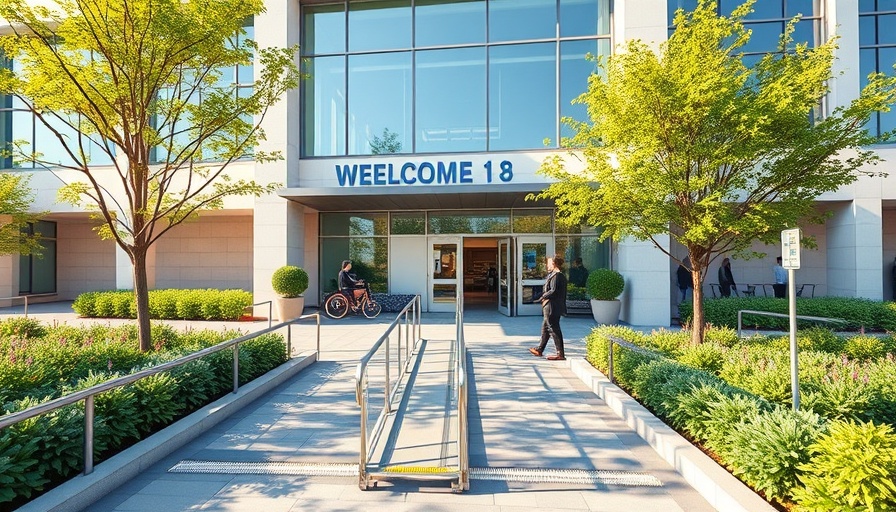
Understanding the Importance of ADA Compliance in Toms River
As residents of Toms River continue to prioritize safety and comfort in their homes, understanding the significance of the Americans with Disabilities Act (ADA) becomes essential. This legislation ensures that all individuals, regardless of their physical abilities, have equal access to public and private facilities. Compliance with ADA standards in bathrooms isn’t merely a legal obligation; it reflects a commitment to inclusivity and community well-being. Improving accessibility in bathrooms can ensure that they become safe havens for everyone, helping to improve independence and dignity for those with disabilities.
Top ADA-Compliant Features to Include in Bathroom Renovations
When planning your bathroom upgrades to meet ADA standards, several critical features should be integrated into the design. First, wide doorways and hallways are non-negotiable, allowing sufficient space for wheelchair access. Additionally, installing roll-in showers without a threshold can create a seamless entry for those with mobility devices. The height of toilets is another vital element; ADA-compliant toilets are typically set between 17 to 19 inches from the floor, making it easier for everyone to use them comfortably.
Practical Fixtures that Enhance Bathroom Accessibility
Choosing the right fixtures can significantly impact the overall functionality of ADA-compliant bathrooms. Lever-style faucets are a recommended choice as they are easier to operate, especially for individuals with reduced hand strength. Motion-sensor faucets offer a touchless option that further promotes hygiene, while height-adjustable showerheads ensure a comfortable bathing experience. Additionally, non-slip flooring surfaces should be prioritized to minimize slip and fall accidents.
The Safety Aspect: Cornerstone of an ADA-Compliant Bathroom
The integration of safety features into bathroom renovations is crucial. Grab bars, which need to support at least 250 pounds, should be securely installed next to toilets and in shower spaces. They provide support and stability, significantly reducing the risk of slips or falls. Non-slip mats and safety strips can also enhance traction in wet areas, while adequate lighting is essential for visibility within the bathroom. Bright, glare-free lights not only help users navigate the space but also assist in distinguishing structural elements.
Creating Emotional and Social Connections Through Safety
Beyond the functional benefits, creating an ADA-compliant bathroom resonates deeply on an emotional level. For caregivers and family members of those with disabilities, knowing that a loved one can safely navigate their bathing environment fosters peace of mind. Furthermore, communities that prioritize accessibility demonstrate a welcoming attitude to all residents, enhancing social cohesion. Remodeling bathrooms to be ADA-compliant thus contributes to a more inclusive culture.
Future Predictions: The Evolving Landscape of Bathroom Accessibility
As our population ages, the demand for ADA-compliant bathroom renovations will likely rise. Predictions suggest that future building codes will expand to include even more rigorous accessibility standards, making it essential for homeowners to act now. Forward-thinking renovations not only meet existing standards but also embrace the inevitability of changing needs, ensuring long-term viability and comfort.
Decisions You Can Make for a Safer Bathroom Experience
Those considering bathroom renovations have an opportunity to make considerate choices that benefit everyone. From selecting appropriate fixtures to planning the layout for maximum accessibility, thoughtful decisions can transform your bathroom into a safe haven. Not only do these upgrades help individuals with disabilities, but they also enhance usability for elderly family members or guests.
Take Action: Transform Your Bathroom Today
Creating an ADA-compliant bathroom is a worthwhile investment, not only for ensuring safety but also for enhancing the overall quality of life for residents in Toms River. Don’t wait for the need to arise; proactively make these updates today and foster an inclusive space for everyone.
 Add Row
Add Row  Add
Add 




Write A Comment